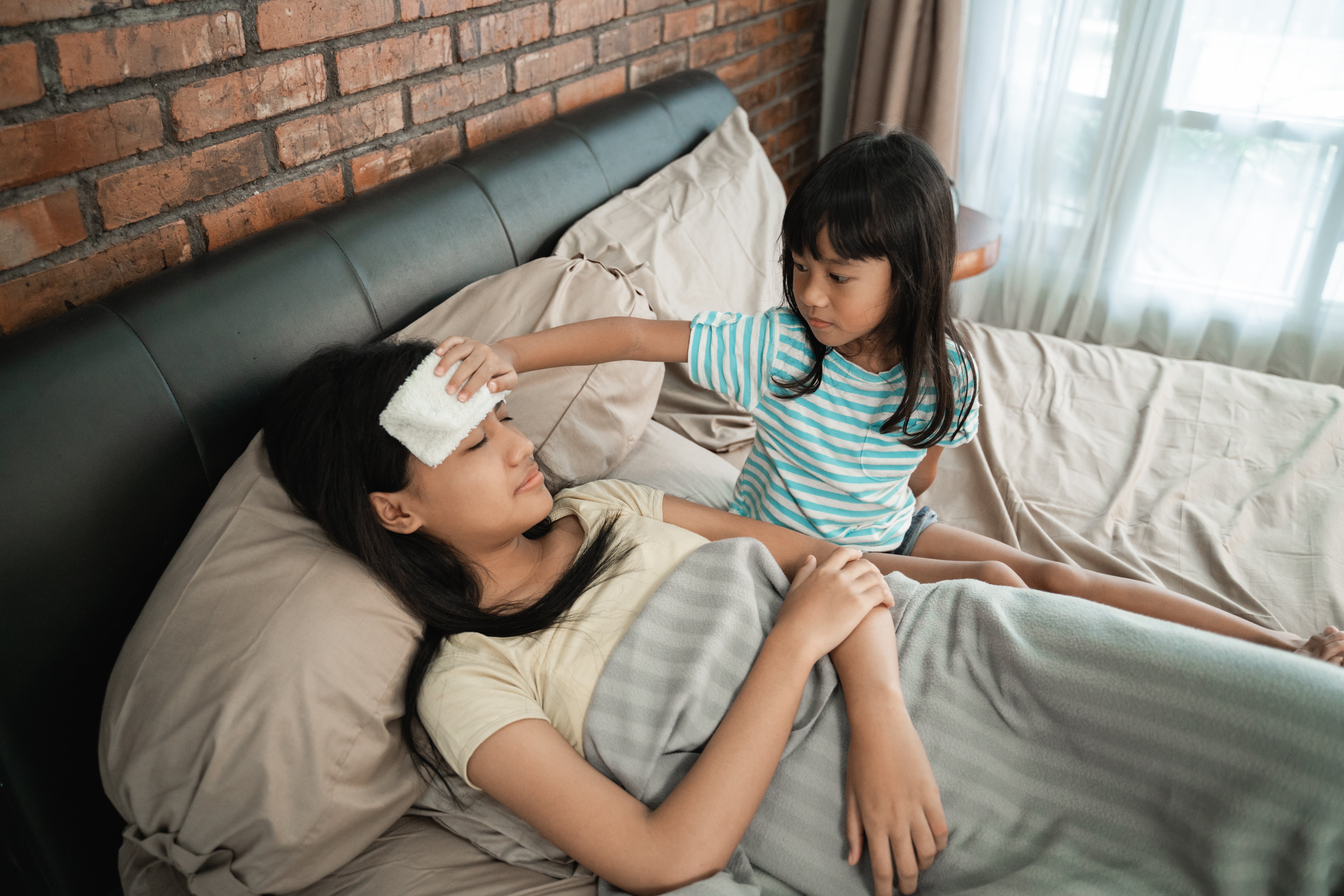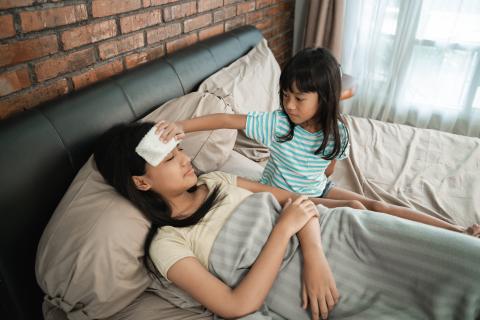
Children and Adults Who Is Most Vulnerable to Dengue Infection?

Dengue is a disease that can affect anyone, both children and adults. Nonetheless, do you think there is a difference between the susceptibility of the dengue infection within the two groups, Moms and Dads! In this article, we will explore whether children or adults are more susceptible to dengue infection and what factors play a role in this.
According to the data from the Ministry of Health, cases of dengue in Indonesia in 2022 showed a higher case rate for adults, while the death rate was higher for children.2
Children and adults have the same risk of being infected with dengue. However, there are differences in the manifestation and severity of the disease between these two groups. Children tend to experience more severe symptoms than adults. They may have high fever, muscle and joint pain, skin rash, nausea, vomiting, and even serious complications such as dengue shock syndrome.5

Based on the Ministry of Health data, in 2022, there were a total of 131,265 cases of dengue, with approximately 40% of these cases occurring to children aged 0-14 years old. Furthermore, there were 1,135 cases of death recorded, with 73% of them occurring within children aged 0-14 years old.4
Additionally, environmental factors play a crucial role in the level of susceptibility to dengue. Aedes aegypti mosquitoes, which acts as the main vector of this disease, can target children due to their outdoor activities and a lack of awareness towards the preventive measures.4
It's important to note that adults can also be infected with dengue and experience severe symptoms. Risk factors in this regard included repeated infections, underlying health conditions that weaken the immune system, and poor habits in maintaining environmental cleanliness.
Preventing Dengue in Children and Adults
In managing dengue for both children and adults, it's important to note that there is no specific antiviral treatment available. To relieve symptoms of fever and pain, your doctor may prescribe appropriate medications. Ensuring the body stays well hydrated by drinking plenty of water is crucial.
However, in cases of severe dengue, medical treatment by healthcare professionals is essential to improve the condition and prevent dangerous complications. This medical treatment has been proven to reduce the death rate to less than 1%, compared to the previous which was over 20%.6
Often dengue is underestimated because its symptoms resemble those of the common flu. Yet, it's essential to be aware that the impact of untreated dengue can be highly dangerous. Therefore, it's crucial to recognize the symptoms of dengue so that proper treatment can be carried out.
If someone experiences early symptoms of dengue, it's important to seek medical attention by visiting a doctor.
To protect oneself from dengue infection, both children and adults need to implement effective preventive measures. Mosquito Breeding Site Eradication (PSN) using the 3M Plus approach, such as eliminating mosquito breeding sites, using physical barriers like bed nets, wearing protective clothing, and using mosquito repellent, can help reduce the risk of dengue infection. As a complement to 3M Plus, we can also prevent dengue by vaccination with consulting to a doctor beforehand.1
This article is intended for public information and awareness, and for educational purposes. The article is not intended as a form of medical advice. This article has been supervised by: Dr. Carissa R.V Pratiwi.
ANPROM/ID/QDE/0532 | Jun 2024
References:
- Promkes Kemkes. (2019). Upaya Pencegahan DBD dengan 3M Plus. Available at: https://promkes.kemkes.go.id/upaya-pencegahan-dbd-dengan-3m-plus (accessed on October 20, 2022).
- Pakasi, T.T. (2022). Penanggulangan Dengue di Indonesia. Presented at Dengue Prevention Media Discussion. Presented at the National Children's Day Media Discussion: Family Protection from Dengue Hemorrhagic Fever: July 20, 2022. (accessed on July 28, 2023).
- Yankes.Kemkes. (2021). Pedoman Nasional Pelayanan Kedokteran Tatalaksana Infeksi Dengue Anak dan Remaja. Available at: https://yankes.kemkes.go.id/unduhan/fileunduhan_1660187378_126303.pdf (accessed on June 11, 2023).
- Kementerian Kesehatan Republik Indonesia. Sehat Negeriku. (2023). Atasi Dengue, Kemenkes Kembangkan Dua Teknologi Ini. Available at: https://sehatnegeriku.kemkes.go.id/baca/umum/20230205/3642353/atasi-dengue-kemenkes-kembangkan-dua-teknologi-ini/#:~:text=Berdasarkan%20data%20Kementerian%20Kesehatan%2C%20di,anak%20usia%200%2D14%20tahun (accessed on April 26, 2023).
- RSAS.KalselProv. (2023). Demam Berdarah Dengue (Dengue Haemorrhagic Fever - DHF). Available at: http://rsas.kalselprov.go.id/berita-396-demam-berdarah-dengue-dengue-haemoragic-fever--dhf-.html (accessed on June 11, 2023).
Dinas Kesehatan Provinsi Sumatera Utara. (2021). 5 Gejala DBD yang Tak Boleh Diabaikan. Available at: https://dinkes.sumutprov.go.id/artikel/5-gejala-dbd-yang-tak-boleh-diabaikan-1625616000 (accessed on January 21, 2023).




Add new comment